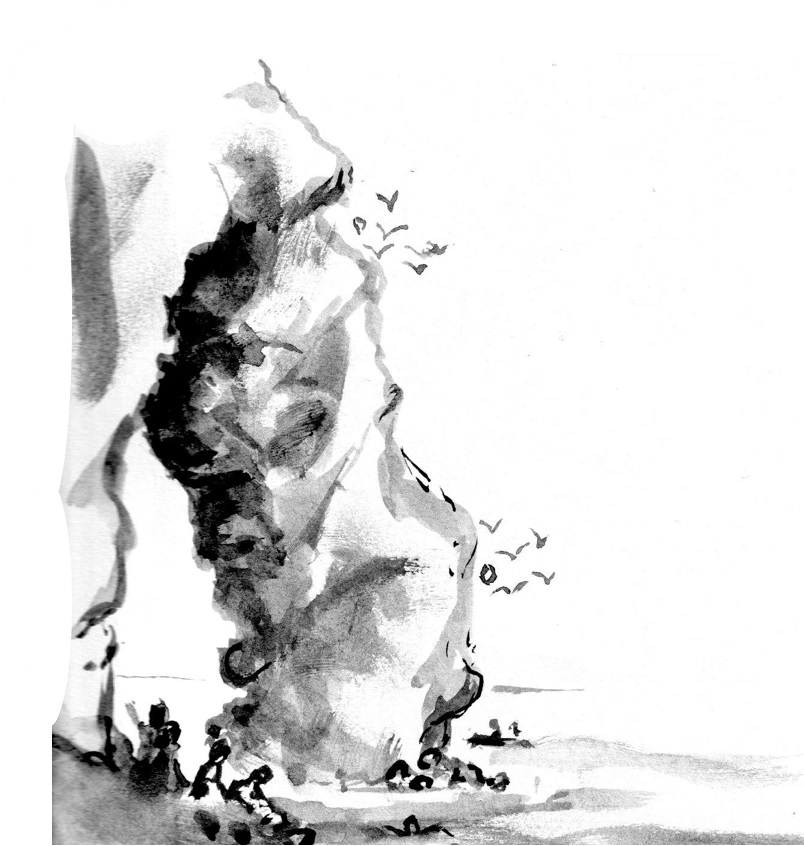The Wonder Coast: Art, Accessibility, and Healing Through Illustration25/07/2025Author: Iain Dryden
When a skill you’ve taken for granted since childhood flees from your fingertips, it is quite a challenge not to allow depression to well within. Creativity, I have found, is both the way to repair such a problem and help dissipate depression, or as doctors familiar with my case call it, suppression due to bad health. Sitting with my sketchbook, I’d have a go, but not producing my usual stuff made it hard to keep going. Yet one has to. The urge to create is inherent; birds make artful nests, ant hills are a joy to behold, design is built into every cell within us, it is inherent in structure and tapping into that superb trait is liberating. Having produced pure abstracts that explore the subtle hues of colour to create movement and emotion, I was lost surrounded by tubes of paint. The pencil, less intimidating, came to my rescue and as my drawings took shape, I sought to revive the Victorian tradition of greyscale watercolour painting. Undistracted by colour, looking at a view with this outlook, was quite Zen. In Chinese and Japanese art, the world is bared to its essentials. I found myself drawn into structure and its relationships to the simplicity of the composition. Take undulating cliffs reaching to the distance. Each crown of land, the ripples they create with one another, was the force that took me. My work gradually turned into a book called The Wonder Coast, soon to be bought by hundreds of people. Sensing this potential as I worked, I ensured each illustration fitted the text, whose form also mattered, each page became an artistic endeavour, the paper itself took on importance. Art in books is accessible, available for those with little disposable income - even our builders have been able to afford these works. This economic justice appeals. Illustrated books enable you to express, as a whole, your feelings about an area. |
The Wonder Coast: Art, Accessibility, and Healing Through Illustration |


Comments